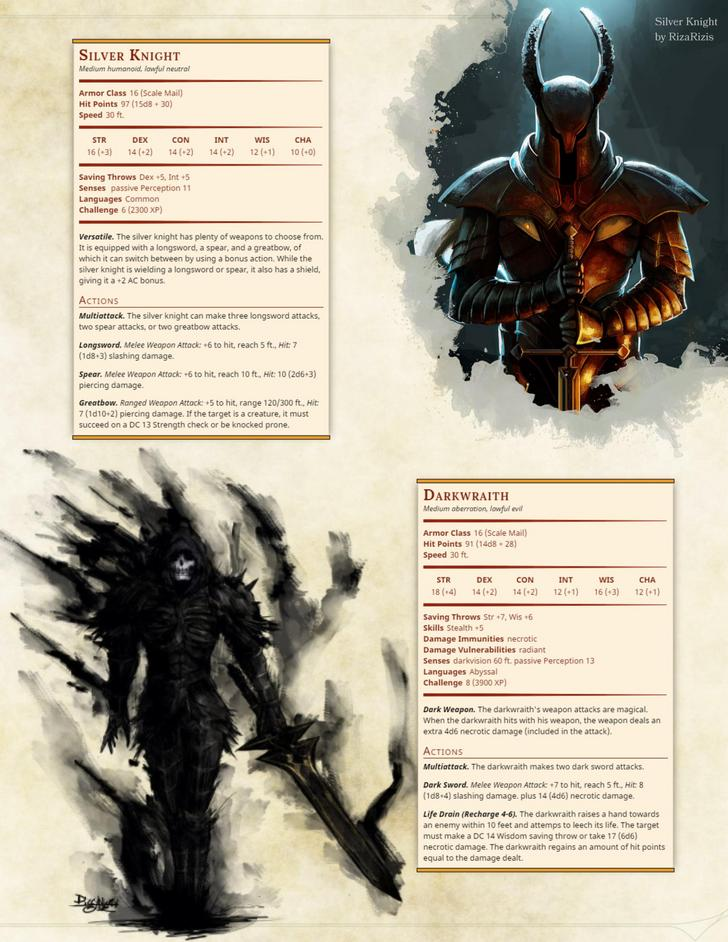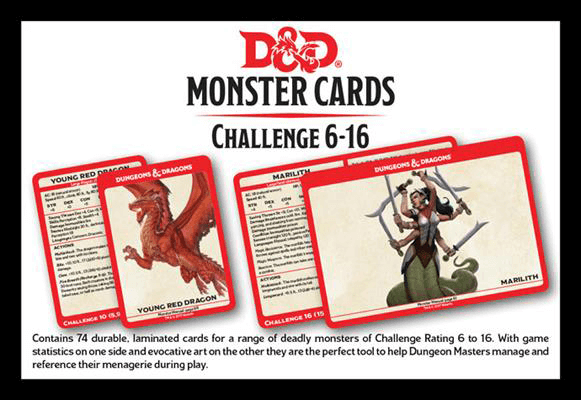
A Shadow Demon arises from a defeated Pit Fiend that had approached demigod status even the shadow of such a powerful creature warrants a tougher challenge rating than the usual CR 4 Shadow Demon.The decision to edit or create a monster could be made for any number of reasons, so your purpose is less important than your ability to homebrew reasonably, consistently, and mindfully. The balancing of monster stats is a thin tight rope walk that should be approached mindfully. Poor monster homebrewing can make a battle so easy that the group becomes bored, or so difficult as to unavoidably result in the dreaded Total Party Kill. But tweaking any monster even a little bit could result in disaster. To loosely quote Jack Sparrow, the rules of Dungeons and Dragons 5e are more like guidelines that any DM can freely ignore, follow, or modify. These examples illustrate that the CR system is generalized for broadly applicable guidance, but it does not account for party composition, DM ruthlessness, or swingy abilities of individual characters and monsters. On the flip side, a CR 11 Horned Devil could face oblivion in a single round of combat against a savvy level-six party with a fortunate paladin blessed with a critical hit for an epic Divine Smite. It rarely takes into account the abilities of monsters that can change the outcome of a combat quickly such as a group of three Shadows depleting the often dump stat Strength score to zero and killing a party of four level fives, despite Shadows only being CR 2 each. Complex, customizable games are destined to lack a seamless, universally applicable model.

It’s no secret that the CR system is imperfect.

I’m going to discuss the Challenge Rating system, where it falls short, and how it can be useful for DMs. Guidance on encounter building and monster Challenge Ratings can be found in chapter three of the DMG (particularly beginning on page 81). For this reason, most DMs rely on the Challenge Rating system of comparing one monster against a party of four adventurers. Though monsters are dangerous, the DM doesn’t want to outright annihilate the party (no one would have fun). This article was written by guest writer Seelie in collaboration with Flutes as editor.ĭungeons and Dragons Fifth Edition has a wide variety of dangerous monsters for a party of adventurers to encounter anywhere their journey takes them. This article contains affiliate links that add gold to our coffers. Featured art “Boss Monster Fight Scene” by AlienOffspring.


 0 kommentar(er)
0 kommentar(er)
